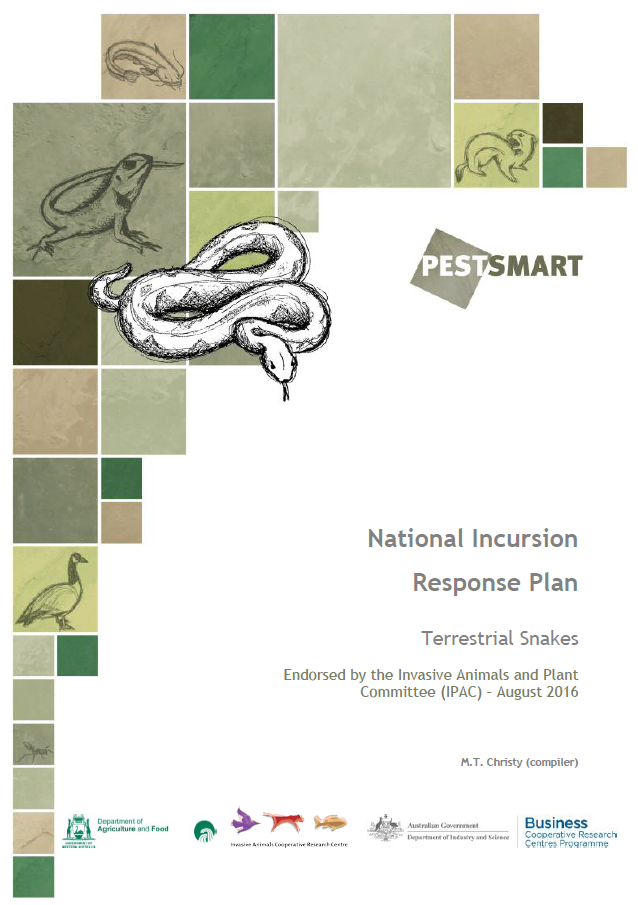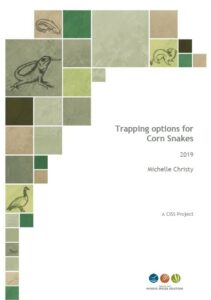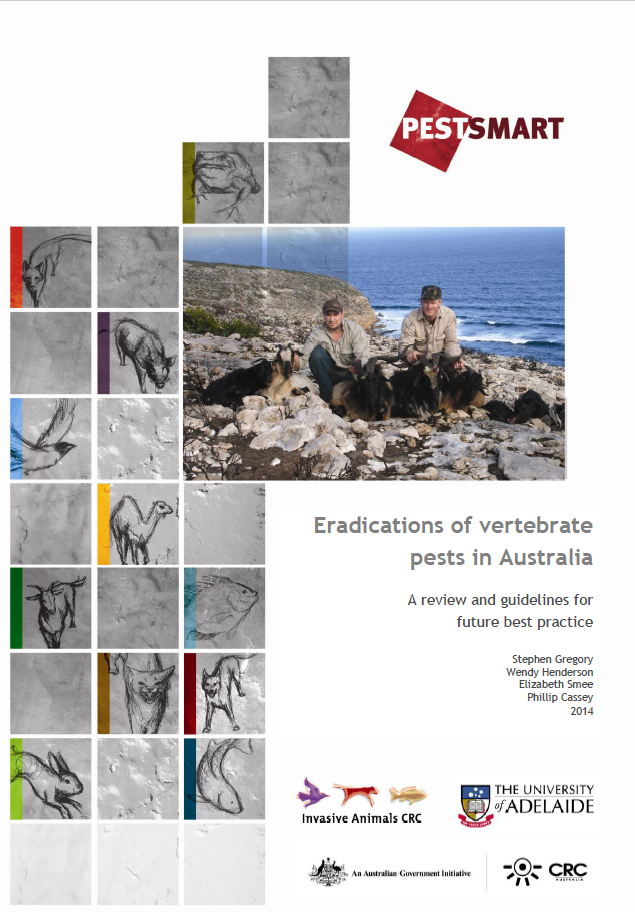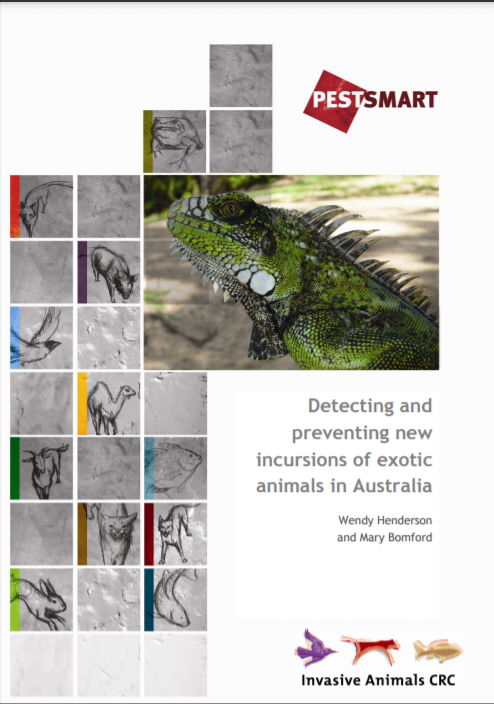
Asian Black Spined toad by Bernard Dupont
A stocky, poisonous large toad that is highly adapted to many climates and environments, including brackish water. The Asian black-spined toad (ABST) is widespread throughout south-east Asia, being native to north Pakistan, Singapore and parts of Indonesia. It has now established in the rest of Indonesia, Papua New Guinea, Andaman and Nicobar Islands, East Timor, and Madagascar.
The impacts of ABST are thought to be comparable to the cane toad (Rhinella marina) (Christy & Kirkpatrick 2017a). However, ABST can tolerate a wider range of climates, so it could impact over much of Australia, including high conservation habitats in temperate areas. ABST could significantly reduce Australian biodiversity by outcompeting and displacing native species, and transmitting diseases. It outcompetes native amphibians by feeding on a wide range of native insects, and also feeds on the eggs and juveniles of other amphibians. It has glands that secrete toxins that can poison native species that predate on it, such as quolls. The parasites and diseases that this toad carries, could further reduce populations of native species (Rahman et al. 2008). Chytrid is present in Australia; however, it is thought that ABST could increase the risk of chytrid infections in frogs (Christy & Kirkpatrick 2017a). In terms of social impacts, this poisonous toad would be a nuisance to and cause harm to people and pets (USFWS 2018d), and their presence would be damaging to important iconic, cultural and heritage regions, for example Kakadu National Park.
ABST has entered Australia on a number of occasions, but has been eradicated each time. This species has been an accidental stowaway in luggage, ships, machinery, and shipping containers from south-east Asia (Tingley et al. 2017; NSW DPI 2018a; DPIRD 2017). This species looks like other toad species when juvenile and have varied colourations as an adult, so it could be difficult to detect in the wild.



















